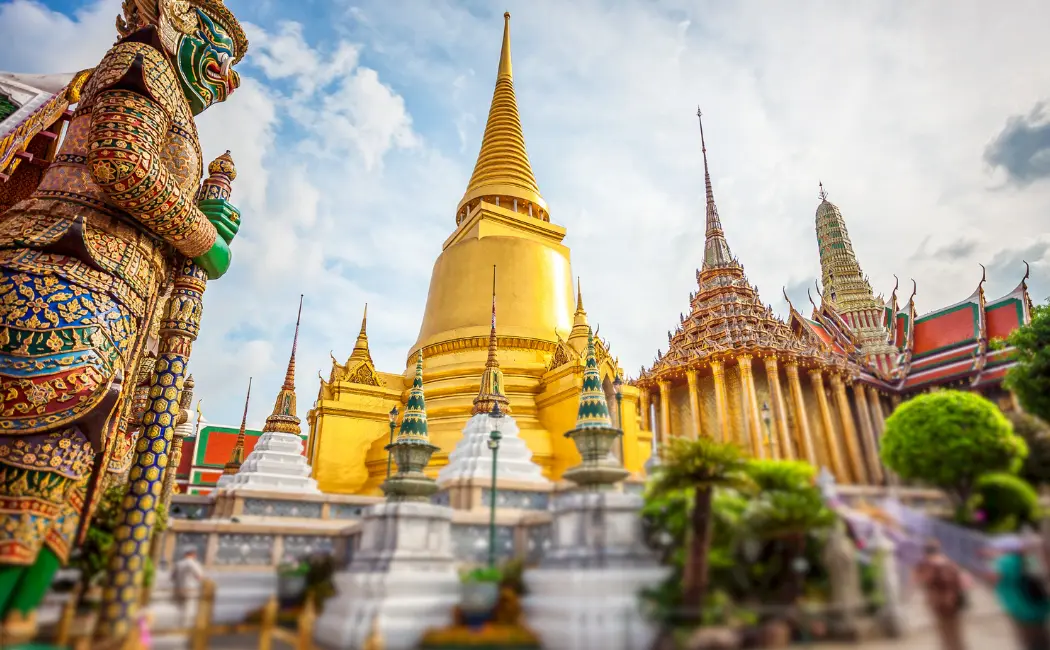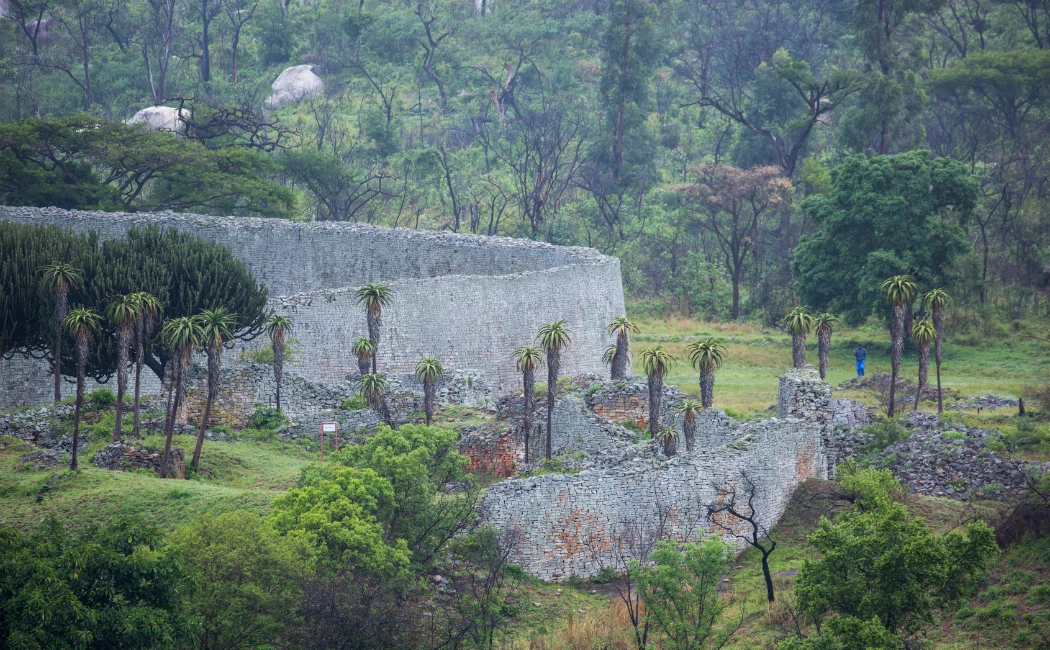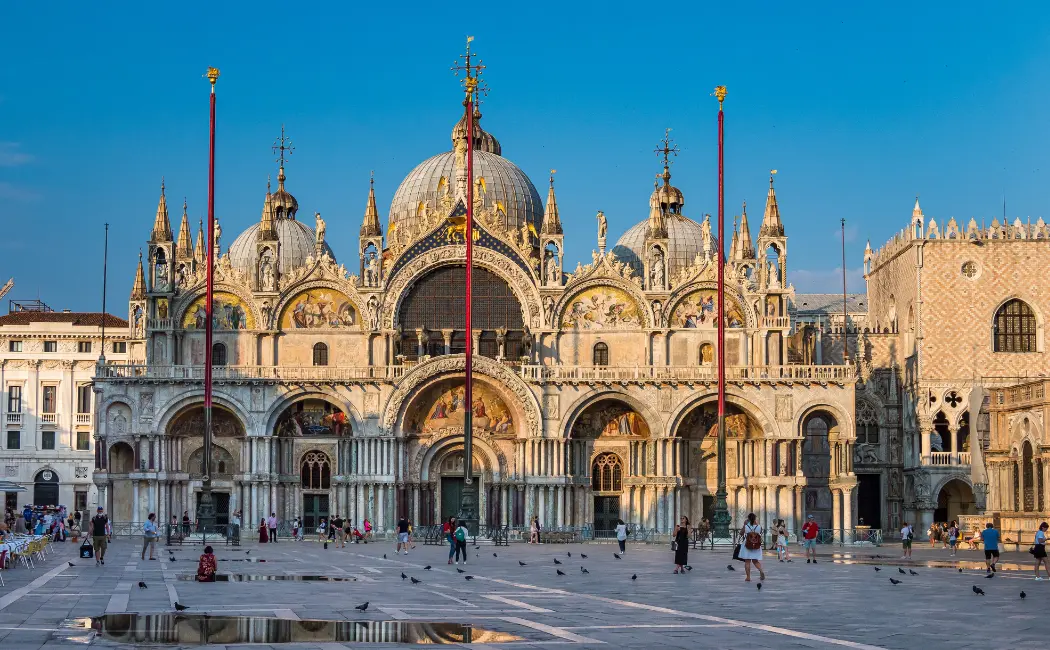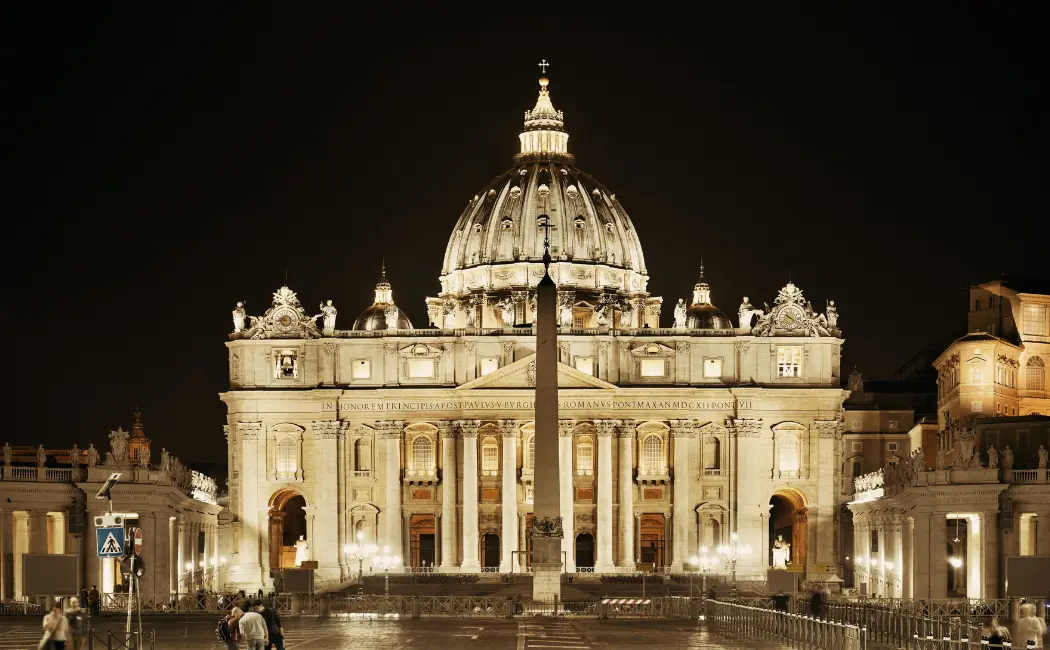Located within the Grand Palace complex in Bangkok, Thailand, Wat Phra Kaew is one of the most revered and iconic temples in the country.
This majestic temple complex is home to the revered Emerald Buddha, a sacred symbol of Thailand’s rich cultural heritage and spiritual identity.
You May Also Like: Abhaneri Tourism: Discovering Chand Baori’s Historical Significance
History of Wat Phra Kaew
Wat Phra Kaew’s history dates back to 1782 when King Rama I ordered the construction of the temple as part of the Grand Palace complex.
The temple’s design and architecture were influenced by the Ayutthaya period, with intricate carvings, gilded spires, and vibrant murals.
The Emerald Buddha
The Emerald Buddha, a 66-cm-tall statue carved from jade, is the temple’s most sacred treasure.
Believed to have been created in the 14th century, the statue is thought to possess mystical powers, bringing prosperity and good fortune to the kingdom.
Architecture and Layout
Wat Phra Kaew’s architecture is a masterpiece of Thai design:
- Main Ordination Hall: Houses the Emerald Buddha.
- Mandapa: A square building with intricate carvings.
- Viharn: A hall containing Buddha images.
- Chedi: A bell-shaped stupa.
Symbolism and Significance
Wat Phra Kaew’s design and architecture embody various symbolic meanings:
- Spiritual Center: The temple represents the spiritual heart of Thailand.
- Royal Connection: The temple’s association with the monarchy.
- Buddhist Principles: The Emerald Buddha embodies the principles of Buddhism.
Conservation Efforts
In the 20th century, Wat Phra Kaew faced significant threats:
- Aging Infrastructure: Deterioration of the temple’s structures.
- Over-Tourism: Strains on infrastructure and potential damage.
International conservation efforts, led by UNESCO, have helped restore and protect the site.
Tourism and Economic Impact
Wat Phra Kaew attracts over 1 million visitors annually, generating significant revenue for Thailand’s economy.
Challenges and Concerns
- Over-Tourism: Strains on infrastructure and potential damage.
- Climate Change: Rising temperatures and humidity threaten the temple’s structural integrity.
- Preservation: Balancing conservation with tourism and economic development.
Cultural Significance
Wat Phra Kaew is an iconic symbol of Thai culture and identity:
- National Pride: The temple is a source of national pride and unity.
- Buddhist Heritage: The temple represents Thailand’s rich Buddhist legacy.
- Artistic Inspiration: The temple’s architecture and artistry inspire artists and designers worldwide.
Interesting Facts
- Emerald Buddha’s Clothing: Changed three times a year by the King.
- Temple Murals: Depicting the Ramakien, the Thai version of the Ramayana.
- Royal Ceremonies: Held annually at the temple.
Conclusion
Wat Phra Kaew is a sacred testament to Thailand’s rich cultural heritage and spiritual identity.
This majestic temple complex continues to captivate visitors from around the world, inspiring wonder and appreciation for the beauty and significance of Thai culture.
References:
- UNESCO World Heritage Centre
- Thai Ministry of Tourism
- Wat Phra Kaew official website
- “Wat Phra Kaew: A Cultural History” by Piriya Krairiksh
- “The Emerald Buddha” by N.A. Jayawickrama
Additional Resources:
- Wat Phra Kaew Visitor Guide
- History of the Grand Palace
- Thai Culture and Traditions
- Conservation Efforts and Sustainability
- Travel Tips and Accommodations











[…] You May Also Like: The Sacred Wat Phra Kaew: Thailand’s Most Revered Temple […]